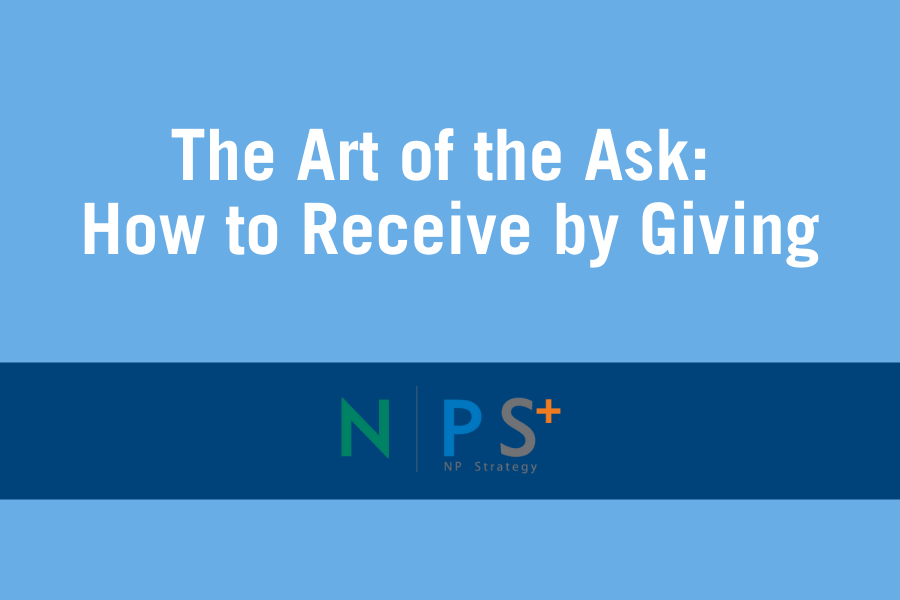The Art of the Ask: How to Receive by Giving
January 15, 2019

Stakeholder management is a crucial component of any long-term project, essential to understanding and engaging your stakeholders. But even with a solid foundation of information and a customized engagement plan, it can be difficult to keep the target audience engaged and in sync. Inevitably, you ask them for a lot: for input, for attention, for time, and a host of other things. All of this asking can lead to fatigue on both ends. The million dollar question for stakeholder management, then, is, “How can you keep stakeholders interested and responsive during long projects?” The answer lies in establishing the right kind of relationship: a reciprocal one.
Instead of approaching your stakeholders with a one-sided, “I ask, you give” mentality, first establish your flexibility and generosity; in a word, your humanity. Few behaviors set a more positive tone than giving. While it may sound paradoxical at first, you can greatly boost your chances of receiving ongoing cooperation from your stakeholders by establishing yourself as a ‘giver’.
Use the following principles to get the most out of your interactions with project stakeholders:
1) You always have something to give
It is impossible to come to a negotiating table empty-handed: we all bring a wealth of experiences and skills with us everywhere we go, meaning we always have something to offer. Think about your stakeholders’ needs and the language they use to frame them, then search your toolkit for a skill or experience that can address that need, taking care to present it in the language they introduced.
2) Your pattern of giving is not a transaction string
Our goal is to show shareholders that you are a person (and, of course, the kind of person they want to work with!), not to establish a tit-for-tat transaction string. To pull from the philosopher Martin Buber, the goal is to establish an I-thou relationship: one marked by the encounter of a person rather than the encounter of a concept. In an I-thou relationship, your stakeholders aren’t encountering a manager or a professional (both concepts), but are encountering you. The relationship we want to avoid is the I-it relationship, the relationship of objectification. Your stakeholders can feel empathy with a person, but not an object or concept.
3) Proportionality is not important
Building on principle #2, your giving does not need to be proportional to the asks you make of stakeholders. Again, because establishing a relationship is the goal, we’re not trying to match (and especially not bribe or indebt) our stakeholders; we’re simply making small gestures that establish us as real persons with whom they can work.
Devote time to understanding what your stakeholders find meaningful, and then reach into your skills and experiences to see what you can offer them. As the project progresses, they’ll be much more inclined to give when you ask, not because they “owe you”, but because of an established relationship built on authentic reciprocity.
Originally published in Midlands Biz on January 15, 2019.
Recent Highlights
« Back to All HighlightsDecember 19, 2024
Can AI Create Content? Only If You Add Human Touch
Content drives everything. Brands are creating thousands of assets across formats and platforms. Adobe reports that 88% of companies have seen content needs double in the last two years, with…
Read MoreDecember 16, 2024
Pro Tips for Recording Videos with Your Smartphone
Want to level up your smartphone video game? Join Taylor Kearns, Senior Creative Advisor at NPS, as he shares quick and easy tips for recording better videos with your smartphone.
Read More